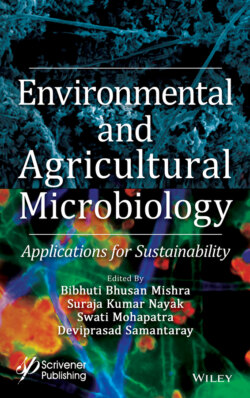Читать книгу Environmental and Agricultural Microbiology - Группа авторов - Страница 60
3.4 Interaction of Metal and Biofilm Bacteria
ОглавлениеThe availability of heavy metal ions is the hazardous factor for environment. Availability of metal ions in different components of environment like water, soil, microorganisms, aquatic lives, and other forms of lives are dependent on several factors like industrial activity, natural sources like volcanic eruption, and unlimited anthropogenic activities. Again, its presence, concentration and effects are influenced by several environmental factors and circumstances like pH, alkalinity, redox potential, and action of microorganisms. Earlier, it was thought that metals have toxic effect only on microbial metabolic process or mechanism. But later, it is discovered that they are not only lethal but their existence can persuade different mechanism of metal resistance in microorganisms. Microbes and metal ion communication can take place through different mechanisms. These mechanisms are classified depending on the pathway of communication of metal ions with microbes such as active and passive uptake of metal ions [63]. The biological interaction of microbes and metal ions transform the ions from toxic to less toxic or few accessible forms or arrest metal ions to inhibit their opening into bioprocess (Figure 3.1). The various interactive mechanisms are available such as biosorption, bioleaching, biovolatilization, bioimmobilization, and bioaccumulation. The EPS of biofilm bacterial cell also interact with metal ions, due to communication among positive charge metal ions and negative charge EPS of cell surface [64].
Figure 3.1 Interaction of metal with EPs and binding on bacterial cell surface.
